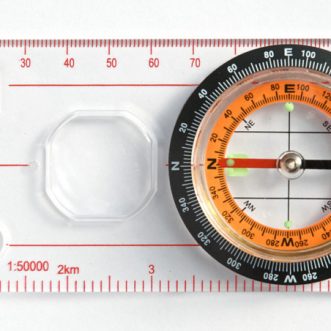
One size fits no-one
Standardisation is useful. Standard shoe and clothing sizes enabled manufacture at scale, which in turn meant that more people could afford decent clothes and shoes than ever before. Standard sizes are worked out by taking averages of the actual population.
Standardised clothing works for two reasons. First because sizes are based on at most two or three dimensions. This means that any given individual is more likely to fall within an average range for a given size. There will be exceptions (I can never find gloves to fit), but they will be rare. The other reason is that clothes are soft, they have give. People can easily adjust the standard to suit themselves. You can belt a baggy shirt, or wear extra socks inside too-big shoes. A slightly too-tight dress will stretch a little. You can at least be comfortable, if not always elegant.
Averaging over multiple dimensions, especially for something rigid, like a building, an office, or a cockpit is far less successful – even dangerous. Nobody fits this kind of average, so everyone becomes uncomfortable and inefficient.
The same goes for business processes. No two businesses do things in quite the same way – not even when they are doing the same job. So forcing your way of doing things into a generic off-the-shelf pattern squeezes out diffentiation, turning you into a commodity. It also makes the people running the process both uncomfortable and inefficient.
Those are the last things you or your customers want.
The alternative isn’t to tailor everything from scratch every time.
If you’ve been in business for a few years, you will have your own set of patterns for ‘the way we do things round here’.
Identify them, create templates from them. Then use them to build processes that are fully adjustable by the people who will actually use them.
Adjustable gives far better results than the average.








